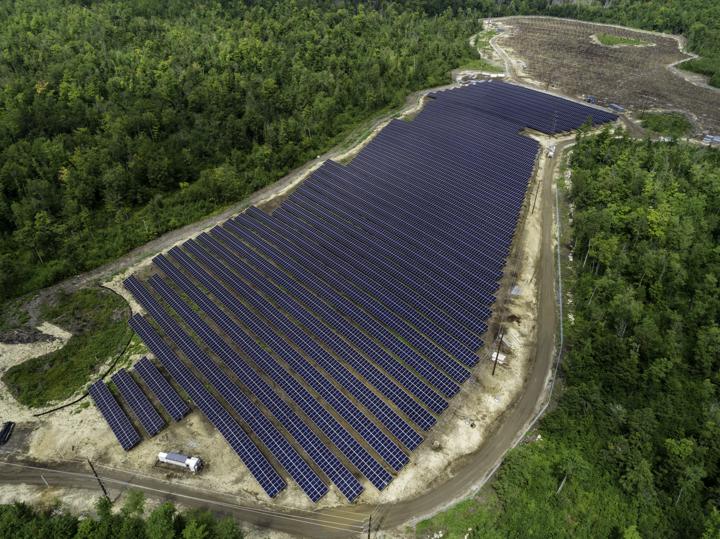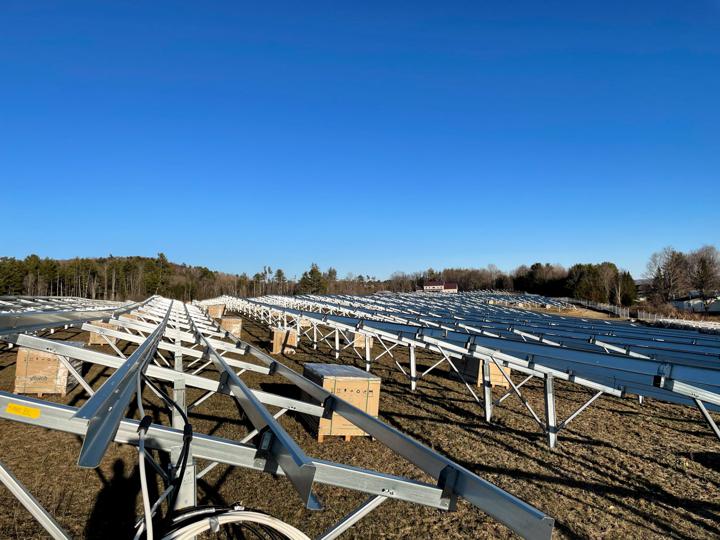Five leading liberal arts colleges formed a pioneering collaborative several years ago that will allow them to offset 40,000 megawatt hours per year of their collective electrical needs with electricity created at a new solar power facility in Farmington, Maine. After years of steady work, the solar project officially went online on October 27 and is now sending renewable electricity to the New England grid. The college consortium represents one of the first utility scale collaborative purchases of New England-generated solar electricity by higher-education institutions.
Amherst, Bowdoin, Hampshire, Smith, and Williams colleges partnered with a subsidiary of NextEra Energy Resources, a leading clean energy company, to construct and operate one of the largest utility-scale solar power facilities currently in operation in New England. Each of the colleges purchases zero-carbon electricity from the Maine site to reduce carbon emissions from campus electricity use.

Competitive Energy Services, LLC acted as advisor to this group of higher education clients with the end goal of a joint renewable energy purchase. The group had similar goals for supporting the installation of additional renewable energy in New England, while minimizing financial risks. The partnership provides market access that would not have otherwise been available to each individual institution.
“After a successful solicitation process, CES and the Colleges ultimately selected this 76.5 MW solar PV project located in Farmington, ME. By committing to purchase 30% of the total generation from the project or 40,000 megawatt hours of renewable energy annually, the colleges move significantly closer to their climate-action goals, while supporting the development of new renewables in New England. Thanks to its close geographic proximity, the project also provides the schools with hedge value against their future electricity prices in New England,” said Andy Price, CES President & COO.

Working with the many stakeholders from all institutions - including sustainability committees, facilities staff, administrators, faculty, and students – was key to the success of the project. Through those collaborative sessions, all parties came to understand the sustainability and economic impacts, as well as how the project would fit into their larger sustainability agendas. To do this, the project had to be placed in context with alternative options, including on-site developments, future off-site opportunities, efficiency projects, and REC or offset purchases.
The New England College Renewable Partnership is innovative and impactful in several ways. The partnership facilitated the development of additional solar electricity generation in New England. It will have a significant sustainability impact, moving each of the five campuses closer to their climate-action goals. The project also helps each school manage costs by “locking in” the price of renewable electricity for the next 20 years. Most importantly, it provides market access that would not have been available to individual institutions, offering a scalable model that other colleges and universities can follow.

